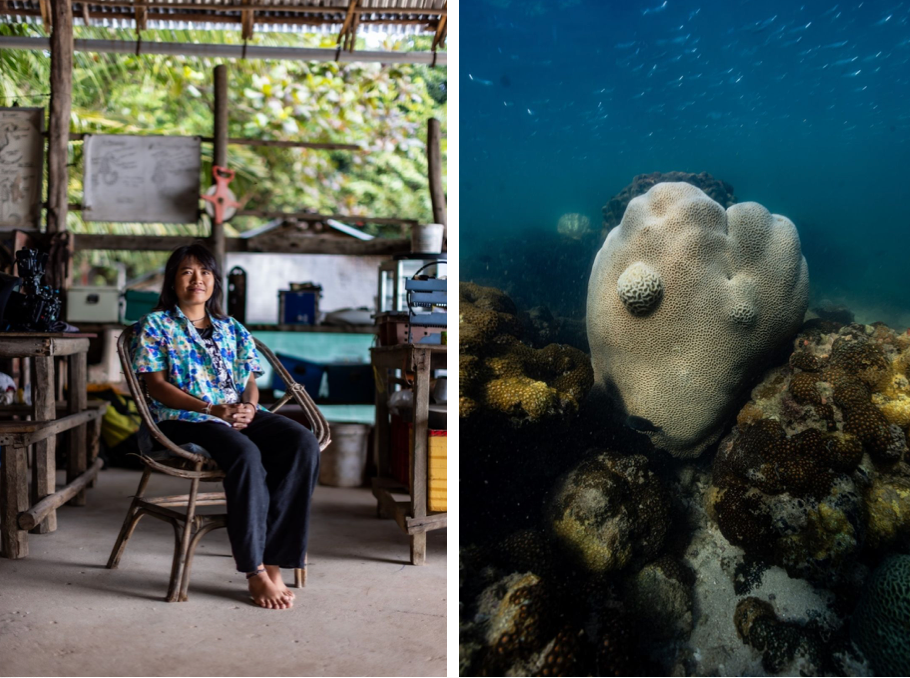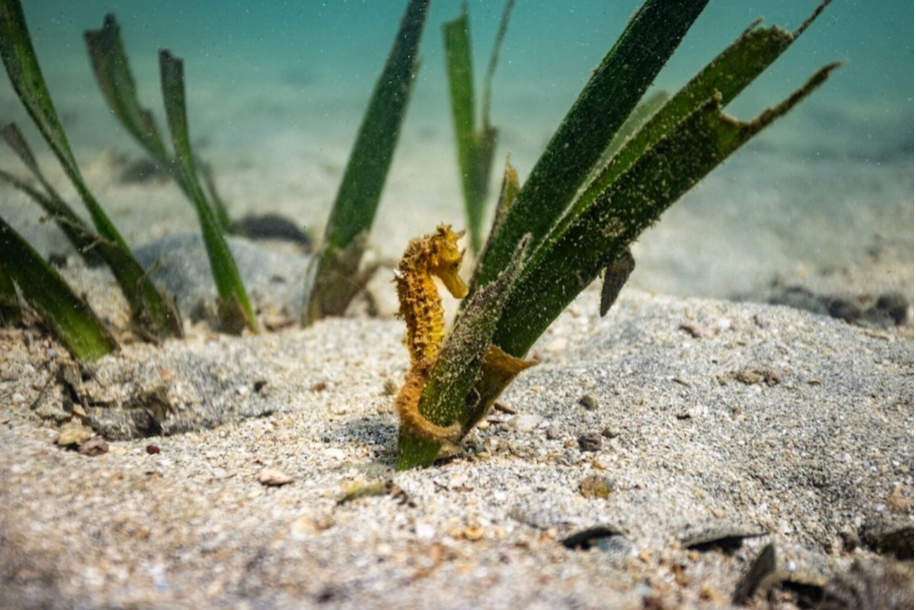The Rolex Perpetual Planet Initiative Effectuates Transformation at Kep Archipelago Hope Spot
- Joe Lim
- Nov 15, 2024
- 4 min read
Marine Conservation Cambodia (MCC) is collaborating with Mission Blue on a coastal rehabilitation initiative.

Years of industrial fishing and bottom trawling in southern coastal Cambodia have depleted the waters of their vibrant coral reefs and seagrass meadows—essential ecosystems that sustained a varied range of marine life, including fish, invertebrates, and sea turtles. This destruction has profoundly impacted aquatic fauna. Many may not recognize that seagrass meadows sequester carbon dioxide from the atmosphere, contributing to climate change mitigation. The devastated and desolate undersea terrain implored assistance. Nevertheless, optimism persists. Due to the initiatives of Marine Conservation Cambodia (MCC), a formerly ravaged ecosystem is currently undergoing restoration.

MCC, in partnership with the Rolex Perpetual Planet Initiative and Mission Blue, has established artificial reefs and rehabilitated over 1,000 hectares of seagrass in the Kep Archipelago. These initiatives facilitate the establishment of habitats in breeding grounds and mitigate unlawful fishing in protected zones. Rachana Thap, a former university student who became a marine biologist and currently serves as the executive director of MCC and a Hope Spot Champion, has played a pivotal role in executing strategies to rehabilitate the archipelago's aquatic ecosystems.

The concrete structures have demonstrated significant efficacy in attracting a varied range of animals, including Irrawaddy dolphins, green turtles, and the dugong—a critically endangered marine mammal that has been absent from Cambodian seas for many years. Dugongs can measure between two to three meters in length and weigh as much as 400 kg; they are entirely herbivorous. Thap remarked that witnessing a dugong that day "nearly brought me to tears." The observations of dugong moms and their calves in the archipelago's waters exemplify the efficacy of their conservation initiatives.

“Receiving recognition from Mission Blue was a significant milestone,” Rachana acknowledges. “It is immensely reassuring to recognize that we are not operating in isolation; we possess international support.” Mission Blue, spearheaded by respected oceanographer and Rolex Testimonee Dr. Sylvia Earle, seeks to protect our oceans. Mission Blue aims to cultivate public awareness and support to create a worldwide network of marine sanctuaries referred to as Hope Spots. Empowering local communities constitutes a fundamental aspect of the MCC's strategy. “We collaborate with the community as this is their residence,” states Thap. Through collaboration with local fishermen and coastal resource dependents, they instruct them on transitioning to more sustainable oyster farming by utilizing bamboo shellfish rafts. They aspire to involve additional coastal communities in this conservation initiative. Local fisherman have demanded the deployment of additional artificial reefs.

MCC has recently been commissioned by the Cambodian government to establish 5,000 artificial reefs along the Cambodian coast during the next five and a half years. “It will transform the entire Cambodian coastal province,” she asserts, noting that the prospects for restoration and the resurgence of species are substantial.

Despite Thap's seven-year tenure at MCC, she perceives her work as merely commencing: “For me, it’s not about five or ten years—it is a lifetime commitment.” Thap asserts that the accomplishment of the Kep Archipelago’s marine restoration exemplifies the efficacy of human inventiveness, collaboration, and a profound dedication to safeguarding the planet’s natural marvels. “This is not merely a national initiative; it is a global endeavor.”










Comments